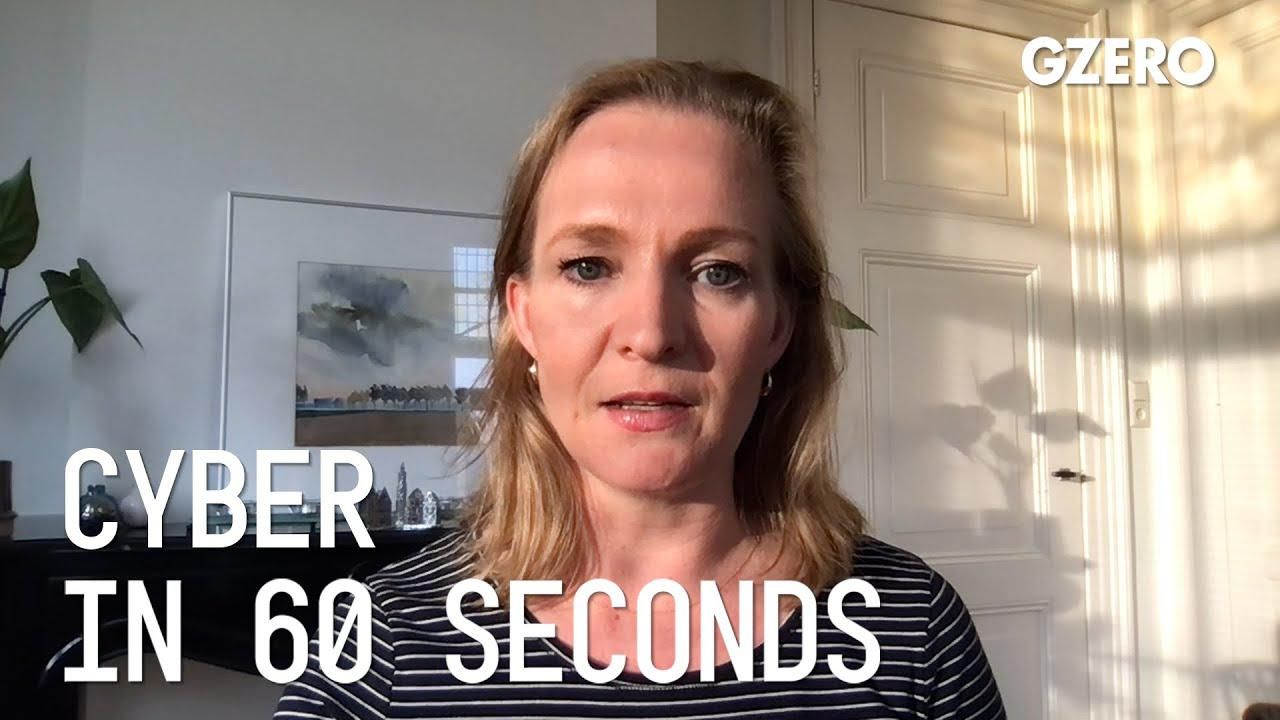
Marietje Schaake, International Policy Director at Stanford's Cyber Policy Center, Eurasia Group senior advisor and former MEP, discusses trends in big tech, privacy protection and cyberspace:
How will the QUAD leaders address the microchip supply chain issue during their meeting this week?
Well, the idea for leaders of the US, Japan, India, and Australia, is to collaborate more intensively on building secure supply chains for semiconductors, and that is in response to China's growing assertiveness. I think it's remarkable to see that values are becoming much more clearly articulated by world leaders when they're talking about governing advanced technologies. The current draft statement ahead of the QUAD meeting says that collaboration should be based on the rule of respecting human rights.
Will AI dominate the future battlefields?
Well, we've already seen new uses of AI-powered arms, but also new opportunities for cyberattacks from the increased use of AI, which leads to growing and vulnerable attack surface. The New York Times recently investigated how Iran's top nuclear official was executed with an AI-assisted, remote-controlled killing device. The gun, equipped with intelligent satellite systems, used AI to verify when and at whom to fire the lethal shots. So there are new weapons, but also new opportunities to exploit vulnerabilities in AI. It is safe to say that warfare is already changing and that in many ways, conflict and cyberattacks, as a result of both, the specific use in arms as well as the broad uptake in society will change dramatically.